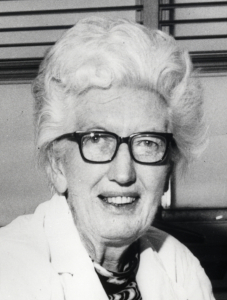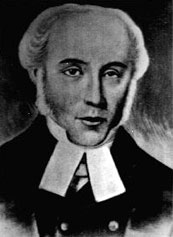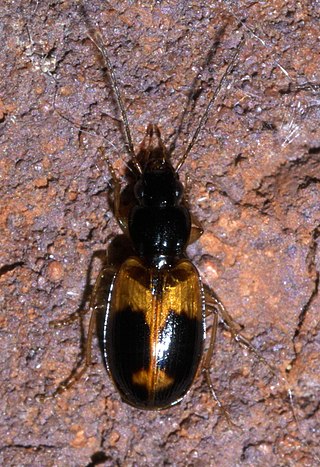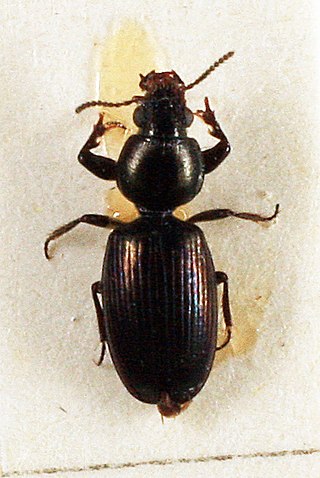
Thomas Vernon Wollaston was an English entomologist and malacologist, becoming especially known for his studies of Coleoptera inhabiting several North Atlantic archipelagoes. He was well-placed socially. His religious beliefs effectively prevented him from supporting Charles Darwin's theories after 1859, but Darwin remained a close friend. Wollaston supported the theory that continental lands had once extended outward farther to encompass some of the island groups he studied.

Captain Frederick Wollaston Hutton was an English-born New Zealand scientist who applied the theory of natural selection to explain the origins and nature of the natural history of New Zealand. Whilst an army officer, he embarked on an academic career in geology and biology, to become one of the most able and prolific nineteenth century naturalists of New Zealand.

Berta Vogel Scharrer was an American scientist who helped to found the scientific discipline now known as neuroendocrinology.

Wollastonaria oxytropis is a species of air-breathing land snail, a terrestrial pulmonate gastropod mollusk in the family Geomitridae, the hairy snails and their allies.

John Ramsden Wollaston was an Anglican priest who was instrumental in the establishment of the Church of England in Western Australia.

Cymindis is a genus of ground beetle native to the Palearctic, the Near East, and North Africa. It contains the following species:

Licininae is a subfamily of in the beetle family Cicindelidae. There are more than 80 genera and 1,800 described species in Licininae.

Dyschirius is a genus of beetles in the family Carabidae:

Calosoma maderae is a species of ground beetle in the subfamily Carabinae which is 25 to 35 millimetres long. It was described by Johan Christian Fabricius in 1775 and is found in Europe, North Africa and Asia.

Cymindis alutacea is a species of ground beetle in the subfamily Harpalinae. It was described by Thomas Vernon Wollaston in 1867.
Cymindis amicta is a species of ground beetle in the subfamily Harpalinae. It was described by Thomas Vernon Wollaston in 1864.
Cymindis anchomenoides is a species of ground beetle in the subfamily Harpalinae. It was described by Thomas Vernon Wollaston in 1867.
Cymindis dohrnii is a species of ground beetle in the subfamily Harpalinae. It was described by Thomas Vernon Wollaston in 1867.
Cymindis paivana is a species of ground beetle in the subfamily Harpalinae. It was described by Thomas Vernon Wollaston in 1860.
Cymindis scapularis is a species of ground beetle in the subfamily Harpalinae. It was described by Schaum in 1857.
Cymindis simillima is a species of ground beetle in the subfamily Harpalinae. It was described by Thomas Vernon Wollaston in 1865.
Cymindis velata is a species of ground beetle in the subfamily Harpalinae. It was described by Thomas Vernon Wollaston in 1865.
Cymindis zargoides is a species of ground beetle in the subfamily Harpalinae. It was described by Thomas Vernon Wollaston in 1863.









